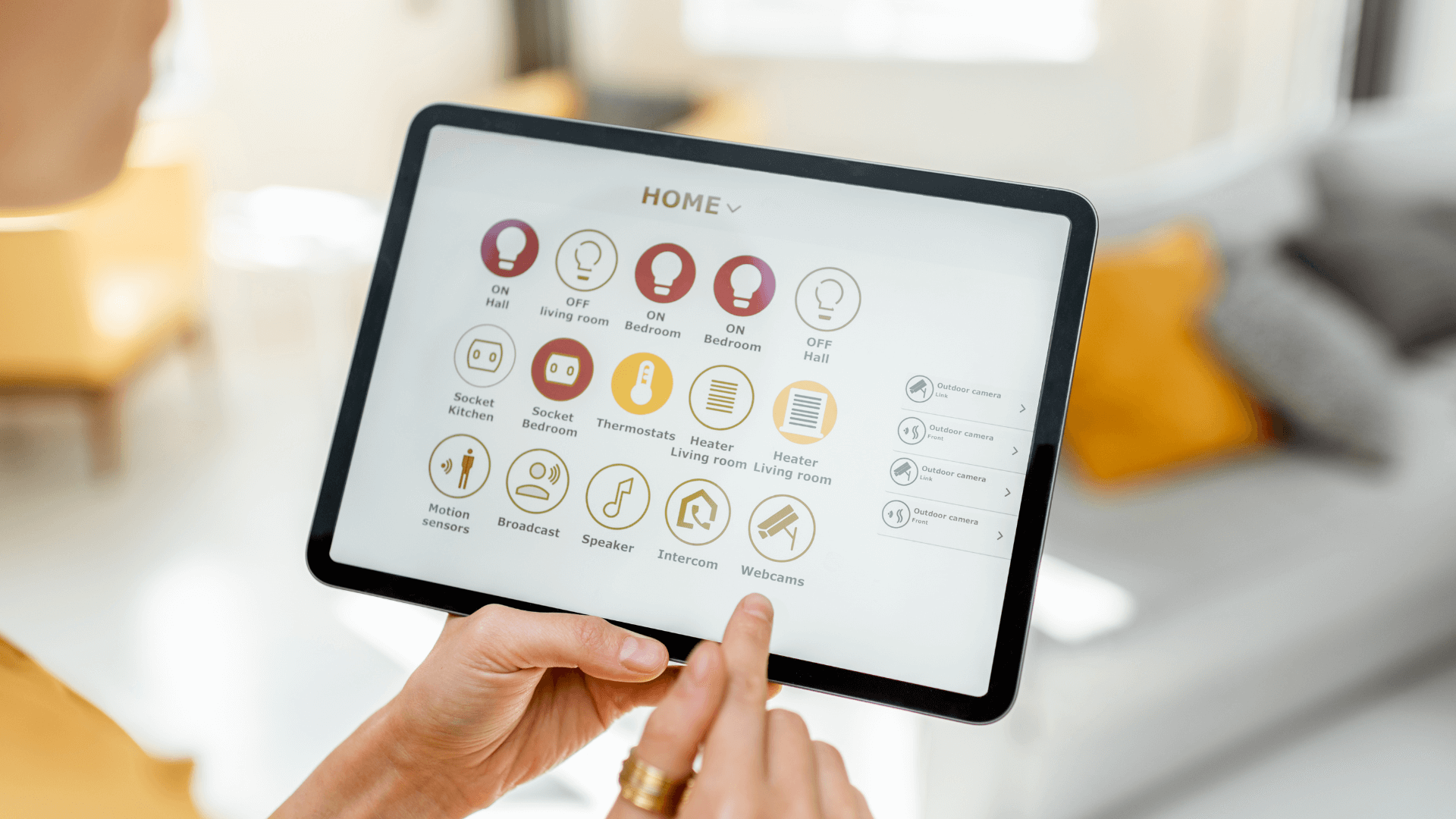In the digital age, technology has become increasingly integrated into our daily lives, often demanding our constant attention. However, a growing trend towards “invisible” apps offers a welcome respite. These apps, such as health monitors, automation tools, and smart home devices, operate seamlessly in the background. They enhance our experiences without requiring constant user interaction. Designed to make our lives easier by automating tasks and providing valuable insights. Invisible apps, also known as background apps or service apps, are designed to run continuously. Freeing up the user’s time and attention for other activities. This can be particularly beneficial for tasks that are repetitive, time-consuming, or require constant monitoring. This can be particularly beneficial for tasks that are repetitive, time-consuming, or require constant monitoring. Let’s take a look at the different sorts of invisible apps, how they work and how they are beneficial to us.

The Benefits of Invisible Apps
- Enhanced Efficiency: By automating routine tasks, invisible apps save time and effort. For example, a smart home thermostat can adjust the temperature based on occupancy and weather conditions, optimising energy consumption without requiring manual adjustments.
- Improved Convenience: Invisible apps provide services that are always available, eliminating the need to constantly launch and navigate through different applications. A fitness tracker, for instance, can monitor heart rate, steps, and sleep patterns. Providing valuable health data without the user needing to actively track their activity.
- Personalised Experiences: Invisible apps can learn and adapt to individual preferences and behaviours. A music streaming service can curate personalized playlists based on listening history, making it easier to discover new music.
- Increased Security: Invisible apps can help improve security by detecting and preventing potential threats. For example, a security camera system can monitor the home for intruders and send alerts to the user. Providing peace of mind without requiring constant surveillance.
- Enhanced Productivity: By automating repetitive tasks, invisible apps can free up time for more productive activities. For example, a calendar app can automatically schedule meetings and reminders, allowing users to focus on more important tasks.
- Improved Health and Wellness: Invisible apps can help promote health and wellness by tracking various health metrics and providing personalized recommendations. For example, a sleep-tracking app can identify sleep patterns and suggest lifestyle changes to improve sleep quality.
Examples of Invisible Apps
Health monitors, such as fitness trackers, smartwatches, continuous glucose monitors (CGMs), heart rate monitors, sleep trackers, and blood pressure monitors. Even smart scales, operate in the background, providing valuable health insights without requiring constant user input. Automation tools, like IFTTT and Zapier, can connect different services and automate workflows, saving time and effort. For example, you can set up a rule to automatically turn off the lights when you leave home. You can also send a text message to your partner when you arrive at work. Smart home devices, including smart thermostats, smart lights, smart security systems, smart locks, and smart appliances. These devices can automate various tasks in the home, making it more convenient and efficient. For instance, you can set up a schedule for your smart thermostat. You can adjust the temperature based on your routine or use your smartphone to lock or unlock your front door.

Designing for Invisible Apps
Creating effective invisible apps requires careful consideration of several factors:
- User Experience: While these apps operate in the background, they should still be accessible and easy to manage. Clear notifications and intuitive settings can help users stay informed about the app’s status and make adjustments as needed. Additionally, providing a way for users to temporarily disable or customize app functionality can enhance their control over the app’s behaviour.
- Data Privacy and Security: Invisible apps often collect and process personal data. It is crucial to prioritize data privacy and security by implementing robust measures to protect user information. This includes using encryption, limiting data collection, and providing transparent privacy policies.
- Integration with Other Devices: Invisible apps should be able to seamlessly integrate with other devices and platforms to provide a cohesive user experience. For example, a smart home app should be compatible with various smart devices and allow for centralized control. Additionally, the app should be designed to work with different operating systems and devices, ensuring compatibility and accessibility for a wide range of users.
- Accessibility: Invisible apps should be designed to be accessible to users with disabilities. This includes providing alternative text for images, using clear and concise language, and ensuring compatibility with assistive technologies.
- Performance Optimization: Invisible apps should be optimized for performance to minimize resource usage and avoid slowing down the device. This includes using efficient algorithms, minimizing network traffic, and optimizing battery usage.
- User Education: To ensure that users understand how invisible apps work and how to manage them effectively, developers should provide clear documentation and tutorials. This can include in-app guides, help centres, and online resources.

As technology continues to advance, we can expect to see even more innovative invisible apps that enhance our lives in countless ways. These apps have the potential to revolutionize various aspects of our daily routines, from managing our health and fitness to automating household tasks and improving our overall well-being. By understanding the benefits and challenges of designing for seamless background functionality, developers can create apps that truly make a difference without demanding our constant attention.
Visit our Article page to see other helpful articles and videos.
Follow us on social media to stay up to date.

